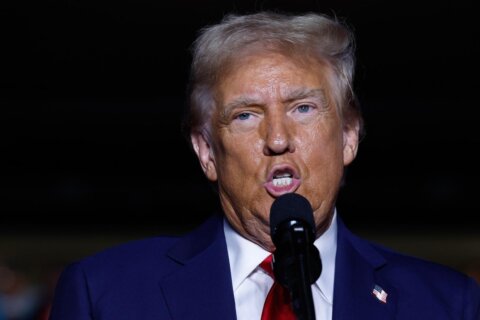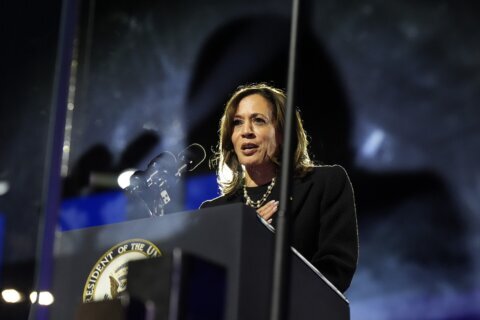The norms regarding the presidential transfer have been in place for over 200 years and were originally set by George Washington.
Presidential historian and author of “The Cabinet, George Washington and the Creation of an American Institution,” Lindsay Chervinsky, said those practices might have to change.
She said Washington originally intended for the transfer to be “intentional, planned and peaceful” and one that could set a precedent for those that came after.
However, the president is not formally obligated to concede, or make a statement, and she says even though the process will continue regardless of any type of formal statement, President Donald Trump’s refusal to acknowledge the results of the 2020 election is unprecedented and is likely to present new challenges.
“No president has ever refused to concede,” Chervinsky said. “No president has ever rejected the outcome of an election. They might not like it, they might feel very angry about having to leave, but no president has ever tried to stop the process from happening.”
The historian said the peaceful transfer of power is essential to a functioning government and one of the key aspects that makes the U.S. a republic as opposed to a democracy or an oligarchy.
But she says the last few years have demonstrated “just how much of the system depends on customs and norms rather than laws or written down rules.”
The Presidential Transition Act of 1963 was passed with the intention of easing the transition, but the author said it “clearly needs to continue to be tweaked to accommodate new challenges.”
Chervinsky said the founding generation counted on future generations who not only believed in the system, but were encouraged to come up with solutions to address the problems within the system.
“At the time, they thought of the best men,” Chervinsky said. “…You know, the best people with the best values serving, and if you didn’t have that, then you were in a little bit of trouble.”







